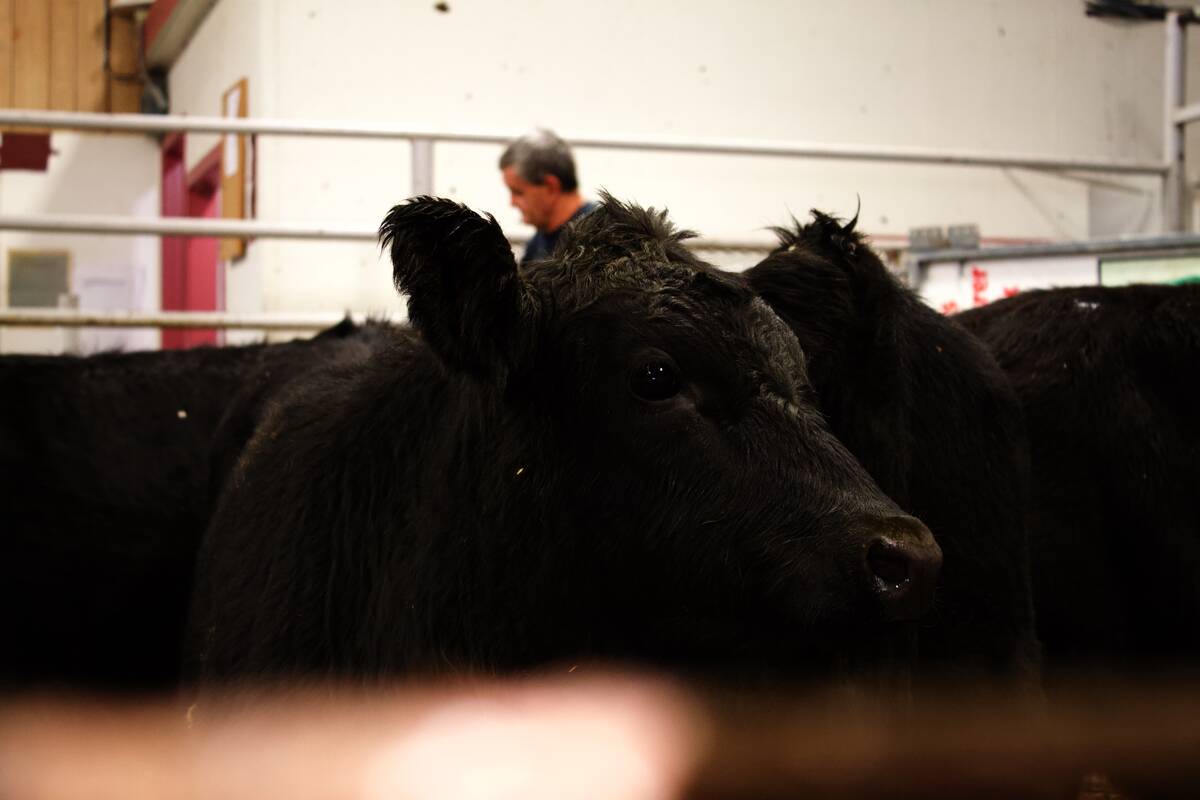Santiago | Reuters — The Chilean government is expecting to send the Pacific trade deal known as the Trans-Pacific Partnership (TPP) to its Congress for approval by the end of 2016, President Michelle Bachelet said Thursday.
The 12-nation TPP aims to liberalize commerce in 40 per cent of the world’s economy, but its future is in doubt because both candidates in November’s U.S. presidential election have said they oppose it in its current form.
Criticism of the deal by unions in some member states has been fierce, and in Chile opponents have accused the negotiators of lacking transparency. Anti-TPP protest groups have joined forces with those demanding radical reform of the education and pension systems.
Read Also

U.S. livestock: Cattle, hog futures rise
Chicago livestock futures marched upward on Wednesday.
Bachelet, who is facing historically low approval ratings, said she hoped the agreement could be swiftly ratified.
“The TPP has a good balance of provisions that will benefit the country and assure appropriate protection for sensitive areas for Chile,” she said at a business forum.
Chile already has bilateral free trade agreements with the other TPP members — including Canada, with which it’s had a trade pact in effect since 1997 — but the Trans-Pacific deal would deepen its links.
The 12 states that make up the TPP are Australia, Brunei, Canada, Chile, Japan, Malaysia, Mexico, New Zealand, Peru, Singapore, the U.S. and Vietnam.
— Reporting for Reuters by Antonio de la Jara, writing by Rosalba O’Brien.
















